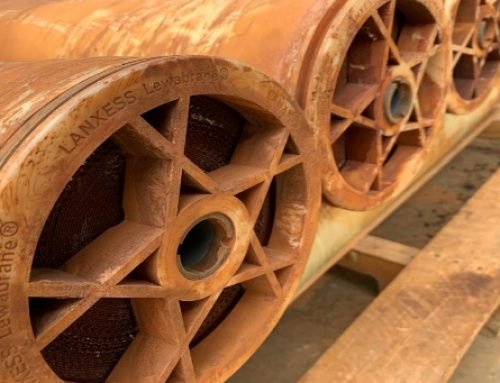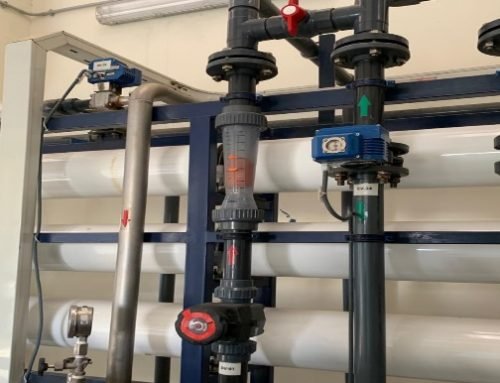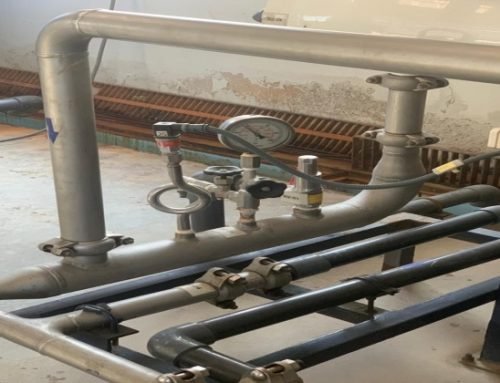
This is the process of change of membranes of spiral bond due to increase in Iron traces in feed it converted from ferrus into ferric which had made clods in its porsize due to water converted into brownish color because membranes which should be white in color because polyamide thane layer is of 0.2 Micron on which water circulates, so this is procedure that in the side board of spiral bond these membranes injected and ejected. Layer partition is a sheltered, productive and financially savvy procedure of water filtration and condition cordial sanitization with an insignificant utilization of synthetic substances. These plants utilize different semi-penetrable films that viably evacuate solids, microscopic organisms, and different contaminations. Layer filtration is a quickly growing field in water treatment. There are various sorts of channels accessible in a wide scope of pore sizes and arrangements. Moreover, there are various potential applications for layer filtration running from the evacuation of moderately huge particulate material to the expulsion of broke up mixes.
Membrane filtration frameworks use programmed cleaning systems to keep up channel life.
- A film framework can be discharged and experience other cleaning systems to keep up channel stream and protect the life of the channel.
- Sack or cartridge channels are disposed of after the channel gets stopped up with particulate material.
Membrane filtration frameworks offer an assortment of levels and a lot better degrees of filtration.
- Even though pack and cartridge channels can be bought in many pore estimates, the pore sizes will in general be a lot bigger than those that can be provided by a layer filtration framework.
The littlest eccentricities can improve things greatly. Particularly in the realm of science. There are 118 realized components on Earth that make in excess of 9,000,000 one of a kind natural mixes. Everything necessary is a little change at the nuclear level to move starting with one compound then onto the next.
Take for instance two usually befuddled oxygen mixes of iron, ferrous oxide (FeO) and ferric oxide (Fe2O3). They are fundamentally the same as yet the large distinction between them comes down to the oxidation condition of their iron. Here, we will go down to the nuclear level to look at the contrast between ferrous oxide and ferric oxide. Be that as it may, so as to completely comprehend the distinction, we have to get oxidation.




